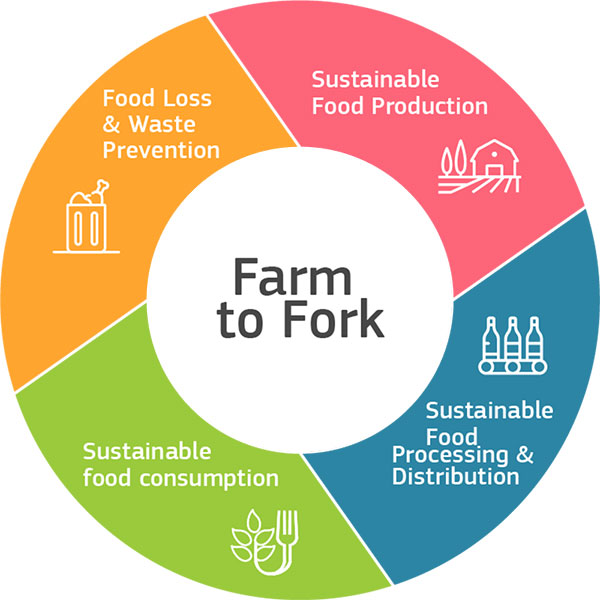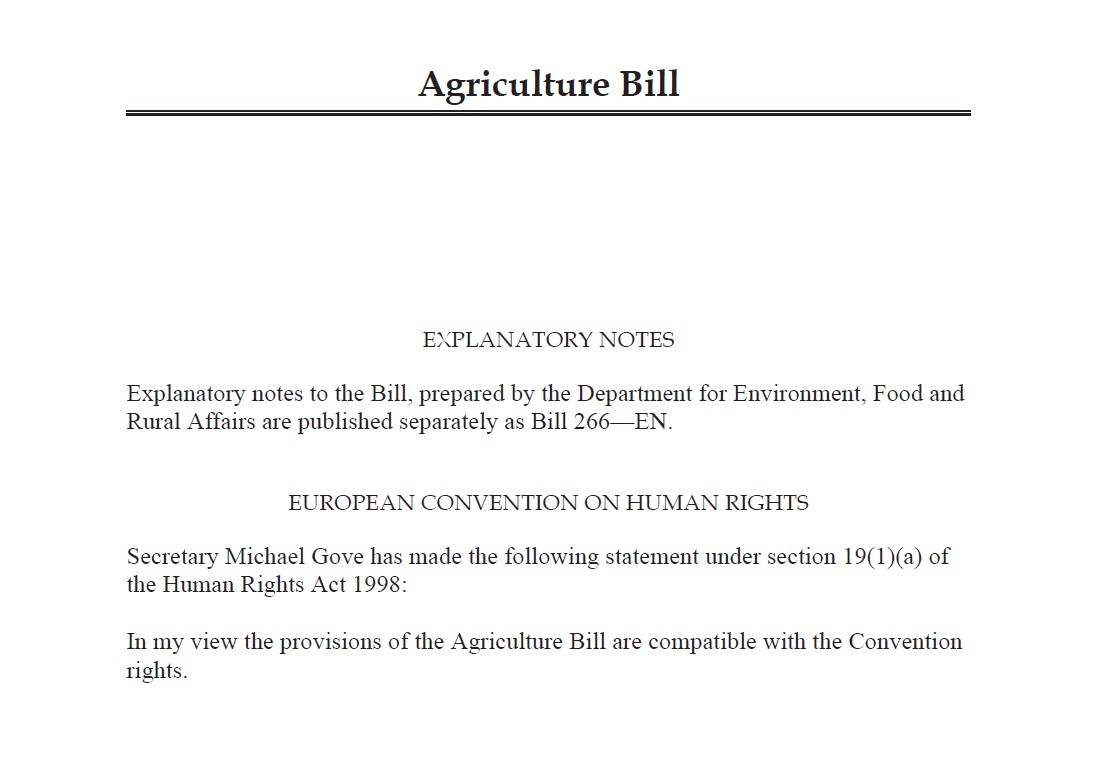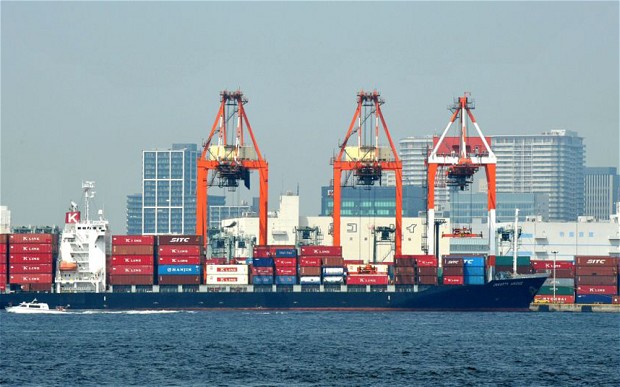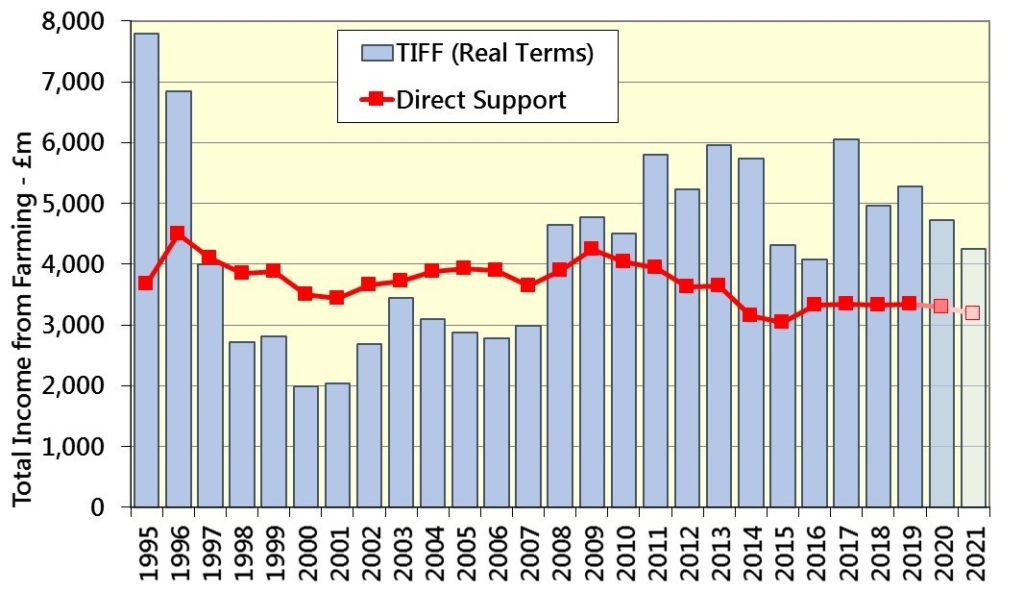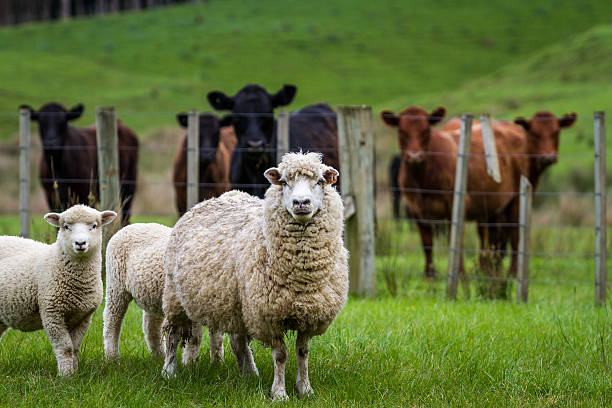The UK farming industry will continue to receive protection from cheaper global imports. This is the result of the new tariff regime announced on the 19th May and represents somewhat of a U-turn from earlier Government policy.
The UK Government has announced its new Most-Favoured Nation (MFN) tariff regime, the UK Global Tariff (UKGT). This sets the tariffs that have to be paid on imports entering the UK after the end of the Transition Period when it will replace the EU Common External Tariff (CET). If there is no trade deal in place with the EU by the end of the Transition then these tariffs will also apply to imports from the EU as from 1st January 2021.
The Government claims that the new tariff regime is tailored to the needs of the UK economy and that the UKGT will be simpler and easier to use in comparison with the EU CET. Nearly 6,000 tariff lines have been streamlined or simplified, which is claims will reduce the administrative burden on business and ‘nuisance’ tariffs (under 2%) have been removed.
From an agri-food perspective, as the table below illustrates, most of the tariffs under the CET have been maintained at pretty much the same levels, but converted from Euro into Sterling. In most cases, the currency conversion rate is €1 = £0.83, but there are some variations due to rounding and simplifications. Effectively, the protection around the UK market will be kept at the same level as it was round the EU Single Market.
Tariffs for products such as beef carcases continue to have both a percentage (12.0%) and a fixed component (£147.00 per 100kg). Whilst still complex on the face of it, this is a response to the needs of industry insofar that if a percentage-only tariff was applied, cheaper imports would have a lower tariff in monetary terms. That said, meat tariffs are still largely expressed in terms of per 100kg, it would surely have been simpler from a business perspective to have expressed these in per tonne or per kg terms?
For cereals, the tariffs for wheat (changed from €95 per tonne to £79 per tonne) and barley (€93 to €77) remain largely the same and have only changed due to currency conversion. Maize grain tariffs have been reduced to zero (from €10.40 per tonne). This might provide extra competition to UK-produced feed grains, notably feed barley. For wheat flour, the tariff has changed from €172 per tonne to £143. The tariffs for maize, barley and oat flour have been reduced to zero but these are marginal products.
Across fruit and vegetables, the main changes are simplifications and rounding. For instance, the tariff for potatoes has reduced from 14.4% to 14.0%. However, products such as oranges have seen somewhat more significant changes (e.g. tariff for fresh oranges reduced from 16% to 12%), thus making it cheaper for businesses to import such products which are not normally produced in the UK.
Another noteworthy point is that the UK plans to discontinue the EU’s Meursing table which creates thousands of tariff variations for products such as biscuits, pizzas, confectionary and spreads which complicates the calculation of tariffs for these products.
| Commodity Code | Description | EU CET Duty Rate | UK GT Duty Rate | Change |
| 02011000 | Fresh/chilled beef carcases | 12.80% + 176.80 EUR / 100 kg | 12.00% + 147.00 GBP/100kg | Currency conversion |
| 02031110 | Fresh/chilled pig carcases | 53.60 EUR / 100 kg | 44.00 GBP/100kg | Currency conversion |
02041000
| Fresh/chilled lamb carcases | 12.80% + 171.30 EUR / 100 kg | 12.00% + 143.00 GBP/100kg | Currency conversion |
02071110
| Fresh or chilled, plucked and gutted chickens | 26.20 EUR / 100 kg | 21.00 GBP/100kg | Currency conversion |
| 04051011 | Butter | 189.60 EUR / 100 kg
| 158.00 GBP/100kg
| Currency conversion |
04069021
| Cheddar cheese | 167.10 EUR / 100 kg
| 139.00 GBP/100kg
| Currency conversion |
07011000
| Seed potatoes
| 4.5% | 4.0% | Simplification |
07101000
| Potatoes | 14.4% | 14.0% | Simplification |
08051080
| Fresh or dried oranges (excl. fresh sweet oranges)
| 16.00% (01 JAN-31 MAR, 16 OCT-31 DEC), 12.00% (01 APR-15 OCT)
| 12.0% | Simplification |
1001990050
| Common wheat (low quality) | 95.00 EUR / tonne
| 79.00 GBP/1000kg
| Currency conversion |
10039000
| Barley (excl. seed for sowing)
| 93.00 EUR / tonne
| 77.00 GBP/1000kg
| Currency conversion |
10059000
| Maize | 10.40 EUR / tonne
| 0.0% | Liberalisation |
11010015
| Wheat flour | 172.00 EUR / tonne
| 143.00 GBP/1000kg
| Currency conversion |
17011210
| Raw beet sugar
| 33.90 EUR / 100 kg / std qual
| 28.00 GBP/100kg std qual
| Currency conversion
|
17011310
| Raw cane sugar | 33.90 EUR / 100 kg / std qual
| 28.00 GBP/100kg std qual
| Currency conversion
|
3102309000
| Fertiliser (ammonium nitrate) in pellet form | 6.5% | 6.0% | Simplification |
Source: UK Government (Department for International Trade)
Further information is available via: https://www.gov.uk/guidance/uk-tariffs-from-1-january-2021
Overall, the UKGT schedule differs substantially from the substantial reductions previously proposed in March 2019. On the face of it, this reduces the scope for the competitive pressure to be exerted on farmers, post-Transition. Simultaneously, it will also serve to focus minds within the EU as the tariffs will be very prohibitive for EU farmers under a No Trade Deal scenario. It shows that the UK Government is learning that announcing higher level tariffs can be used as an effective bargaining chip in trade negotiations, not just with the EU but other countries as well.
As with all matters pertaining to trade, the devil will be in the detail. Its announcement did not cover Tariff Rate Quotas (TRQs) – these allow specified volumes of agricultural commodities to be imported either tariff-free or at much lower tariff levels. This announcement is due to be made later in the year. Any new TRQs that the UK introduces on a MFN basis will have the potential to cause significant competitive pressures. For instance, if the UK Government decides to introduce new TRQs for beef similar to the 230,000 tonnes proposed in March 2019, substantial volumes would enter into the UK tariff-free. As the chart below shows for beef, this would severely undermine the competitiveness of British farmers. It is only when the UKGT (previously EU CET) is applied, that GB prices are competitive. Meanwhile for Ireland, whilst its prices were slightly below GB when both countries were part of the EU, the application of the UKGT on its beef would render it uncompetitive in the UK market.
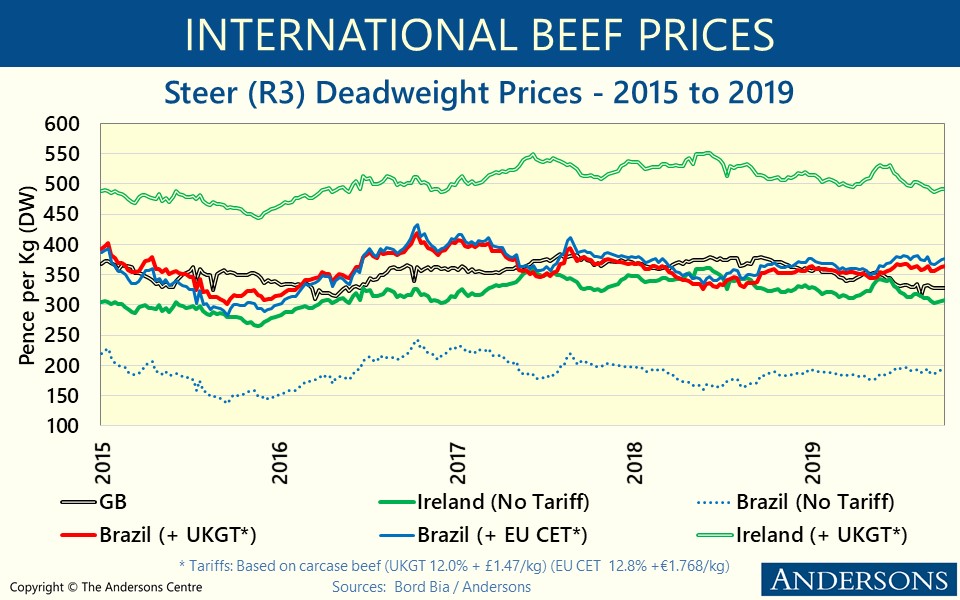
At least the UKGT schedule has given some clarity to businesses on the tariff levels to expect post-Transition, and potentially under a No-Trade Deal Brexit. With the UK-EU trade negotiations still experiencing difficulties, some influential voices have recently called for a ‘Preparation, Ratification and Engagement Period’ (PREP) of 6-9 months from the end of June to permit the completion of trade negotiations by October and thereafter, to use this time to help business and regulatory authorities to prepare to implement the major legal changes which would ensue. This call appears to be gaining traction amongst trade policy experts. Such a period would certainly help, but it would remain a tall order to iron out all of the technical arrangements required to handle the future UK-EU relationship.



